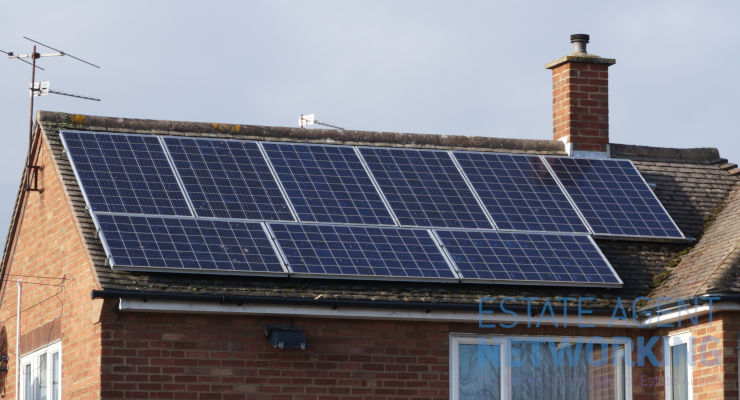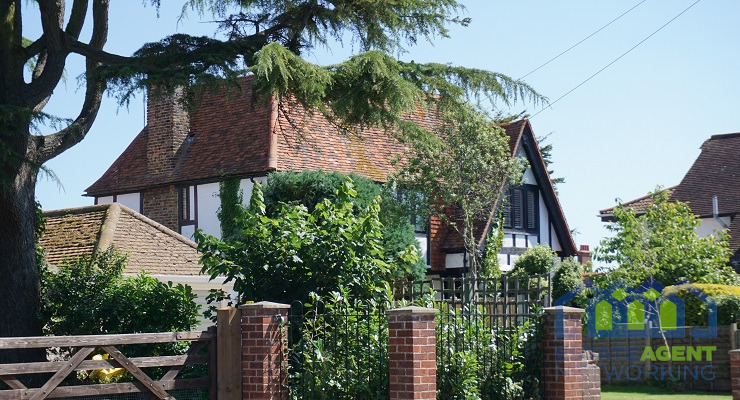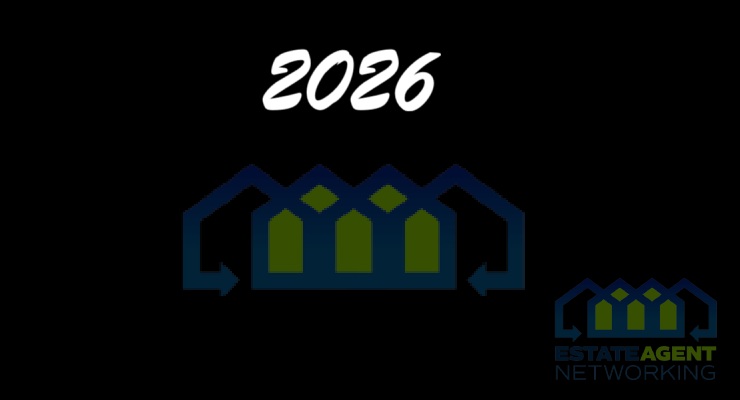Is Solar Power Becoming More Affordable?
When solar energy was first introduced as a home solution, it was an expensive option with a high upfront spend, available only to wealthy homeowners with lots of income to spare.
But solar panels are now rapidly becoming more and more of a commonplace sight in neighborhoods around the world, and that’s because solar energy is now a viable mainstream energy source. This is due to a significant decrease in the cost of solar panels, making them more affordable and accessible to everyone.
This article examines the factors behind this price drop and explores its benefits to consumers.
Evolution of Solar Panel Costs
The price of solar panels has been decreasing steadily with their increase in popularity.
In fact, Our World in Data found that solar panel costs have fallen by around 20% every time global capacity has doubled.
Solar photovoltaic costs have seen a significant decrease in price (more than 90% in the last decade), and solar batteries have also decreased in cost by more than 90%.
The primary reason for this reduction is the advancements in this type of technology that we’ve seen in recent years. Increased competition among manufacturers and economies of scale can also be attributed to the lower costs of solar power today
There’s no denying the impact of these developments. Solar panel installation is now much more affordable, with solar systems starting at less than $10,000 rather than exceeding $20,000, as it often did just a decade ago. That means that more people from a range of backgrounds (and not just the wealthy) can consider them as a solution.
Market Growth and Solar Farms
Another factor contributing to the decrease in solar prices is the rise in the number and scope of large-scale solar farms, which, due to their scale, have much lower energy production costs.
The decreasing prices mean that more and more consumers have chosen to adopt solar energy, with it being considered an affordable and accessible renewable energy strategy.
There are obvious benefits to consumers who choose to install solar panels. Installation costs are lower, meaning that the return on investment comes sooner. And in the long run, the reduction in electricity bills enables consumers to save money every month.
Solar Energy’s Positive Future
Solar panel cost statistics show us that solar energy is more affordable than ever, and the positive news is that prices still seem to be on the decline.
That means solar energy is now a cost-effective solution that many U.S. households can benefit from. With solar systems costing less than $10,000, many homeowners can now make this environmentally friendly investment when they previously would have not been able to.
An increase in the number of people installing solar panels is also hopeful news amidst the environmental crises affecting Earth today. The more people who invest in solar panels, the greater the contribution to fight against climate change.
There is no better time to choose solar panels as a greener, cheaper energy source for homes and businesses.









